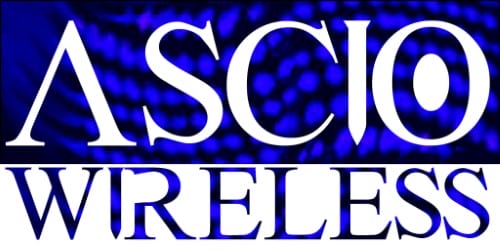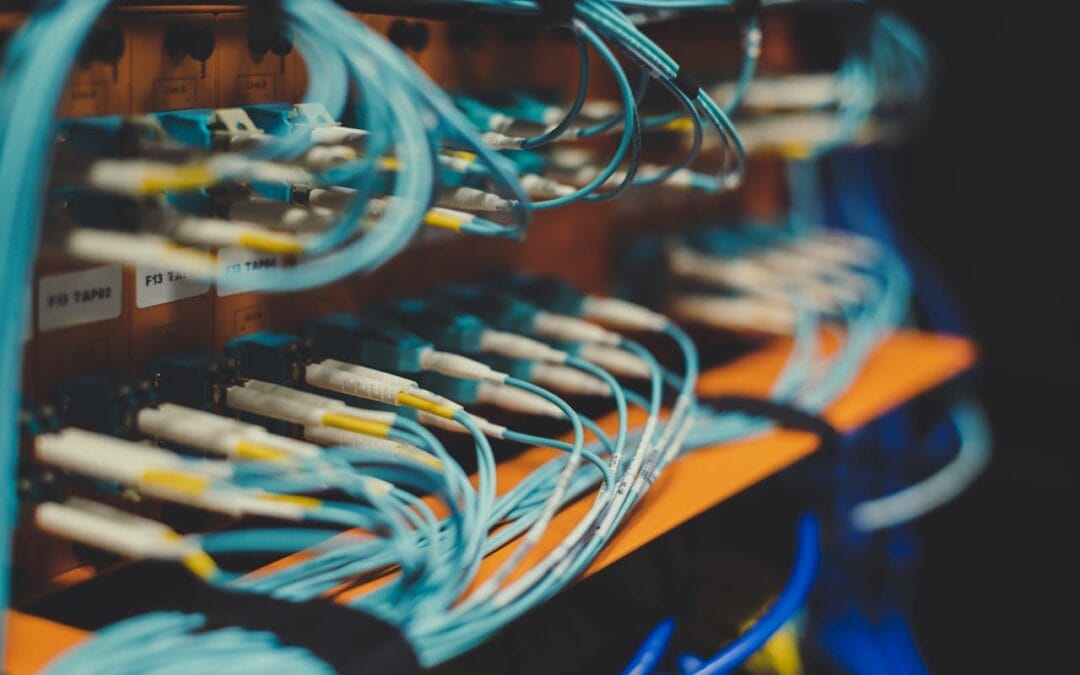Fiber optic cables are changing the way businesses connect and communicate. These cables use light to send data, making them much faster and more efficient than traditional copper cables. This technology is crucial for companies that depend on quick and reliable internet connections, allowing for seamless interaction between people and systems.
Fiber optic cables’ speed enhances how businesses operate, enabling them to quickly upload and download large files, videos, and other data-heavy content. This can improve productivity and greater satisfaction among customers who require fast and consistent service. With their high capacity, fiber optic cables handle more data traffic without slowdowns, even during peak usage times.
Alongside speed, fiber optic cables offer great reliability. Unlike copper wiring that can interfere with other electrical signals, fiber optics provide a cleaner, more stable connection. This means fewer disruptions and downtimes for businesses, ensuring operations run smoothly throughout the day. By embracing fiber optic technology, businesses are better equipped to meet growing demands and keep up with a rapidly changing digital landscape.
Understanding Fiber Optic Technology
Fiber optic technology uses thin strands of glass or plastic to transmit data as light signals. This method allows data to travel incredibly fast, much quicker than traditional metal cables. When light enters one end of the fiber, it bounces along the cable, following the internal reflective surfaces, until it reaches the other end. This process minimizes data loss and keeps the signal strong, even over long distances.
The strength of fiber optics lies in its ability to handle large amounts of data at once. Each fiber can carry multiple signals simultaneously, ensuring efficient data transfer even during peak usage. This makes fiber optics ideal for networks that require high-speed and reliable connections.
The cables are built to resist environmental factors like weather and temperature changes. This durability ensures that fiber optic networks maintain consistent performance with less risk of degradation. For businesses, this means fewer disruptions and a steady flow of information, crucial for day-to-day operations.
Understanding how fiber optics work gives insight into why they are becoming a preferred choice for network infrastructure. Their speed, reliability, and capacity for handling vast data volumes make them a powerful tool for enhancing communication and connectivity.
Benefits of Fiber Optic Cables for Businesses
Fiber optic cables offer various benefits that significantly improve business operations. They provide faster internet speeds, efficient data transfer, and increased reliability, all of which contribute to greater productivity and fewer interruptions.
1. High-Speed Connectivity: Fiber optic cables support speeds faster than traditional copper cables. This means quicker downloads, uploads, and smooth streaming of high-definition content.
2. Enhanced Reliability: Fiber optics are less susceptible to interference from electronic equipment and environmental factors, providing a more stable connection. This reliability reduces the chances of downtime and keeps businesses running smoothly.
3. Better Bandwidth: With higher bandwidth capabilities, fiber optics can handle more users and devices on the network without slowing down. This is essential for supporting growing businesses that rely on numerous connected devices.
4. Long-Distance Signal Strength: Fiber optic cables maintain strong signals over long distances without significant loss. Businesses with multiple locations or remote workers benefit from seamless communication and data exchange.
5. Future-Proof Technology: Investing in fiber optics prepares businesses for future advancements. Fiber optic networks can easily adapt to new requirements and innovations as technology evolves.
By adopting fiber optic technology, businesses can enjoy a competitive edge through improved efficiency and connectivity. This technological upgrade leads to better communication, faster service delivery, and enhanced customer experiences.
Comparing Fiber Optic Cables to Traditional Cabling
There are key differences to consider when choosing between fiber optic cables and traditional copper cables. Fiber optic cables use light to transmit data, which allows them to carry much more information over longer distances without degrading quality. On the other hand, copper cables use electrical signals and are limited by distance and data capacity.
One major advantage of fiber optics is speed. They provide much faster data transmission, supporting high-bandwidth applications such as streaming or video conferencing without lag. Copper cables struggle to handle these demands, slowing your network.
Another benefit is durability. Fiber optic cables are resistant to electromagnetic interference, often affecting copper cables. This makes fiber optics more reliable in heavy machinery or electronic equipment environments.
Lastly, fiber optic cables are lighter and thinner, making installation easier, especially in buildings with tight spaces. Copper cables are bulkier and can add more weight to building structures, potentially requiring extra support.
While fiber optics might have higher upfront costs, their superior performance and lower maintenance can lead to cost savings over time. With these differences in mind, businesses can make informed decisions about upgrading their network infrastructure.
Preparing Your Business for a Fiber Optic Upgrade
Transitioning to fiber optic cables requires careful planning. Begin by assessing your current network needs. Determine the speed and bandwidth your business requires now and anticipate future growth. Understanding this helps you choose the right fiber optic solutions.
Next, evaluate your existing network structure. Identify which areas need upgrades and consider how integrating fiber optics will affect your day-to-day operations. Look for any challenges that might arise during the switch and plan accordingly.
It’s also important to consult with professionals who specialize in network upgrades. Experts can help map out the installation and ensure everything aligns with your business goals. They can identify the best routes for new cables and troubleshoot any potential issues before they arise.
During this transition, prepare your team for changes. Provide training on any new systems connected to the fiber optic network. This ensures employees are comfortable and can use the new technology to its full potential.
With careful preparation, your business can successfully upgrade to fiber optic cables, benefiting from improved speed and reliability.
Conclusion
Fiber optic cables bring remarkable benefits to modern businesses by offering faster, more reliable communication and data transfer. Embracing this technology can give your company a competitive edge, ensuring operations run smoothly and efficiently. The reliability and capacity of fiber optics reduce delays and improve your business’s ability to handle high data demands. By understanding the advantages and planning carefully for integration, businesses can transition smoothly and begin to enjoy enhanced connectivity.
Ready to transform your network with the power of fiber optics? ASCIO Wireless can guide your business through this upgrade, ensuring a seamless transition. Our expertise in implementing fiber optic solutions can help you maximize performance and secure a lasting infrastructure that supports your future growth. Contact our network engineers at ASCIO Wireless today to unlock the benefits of a cutting-edge fiber optic network tailored to your needs.

